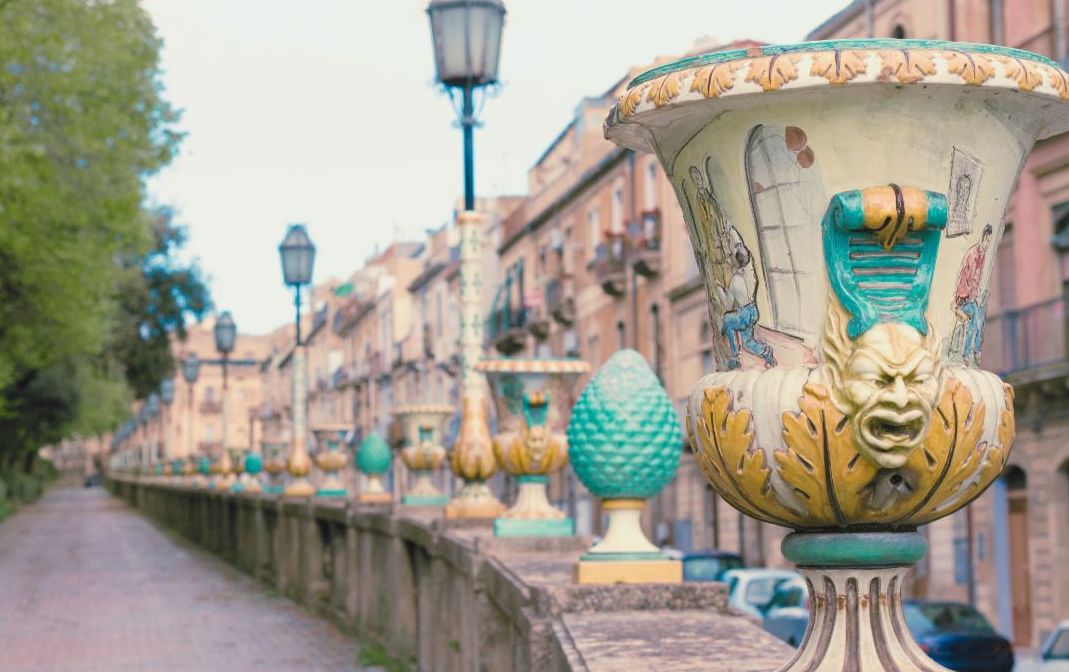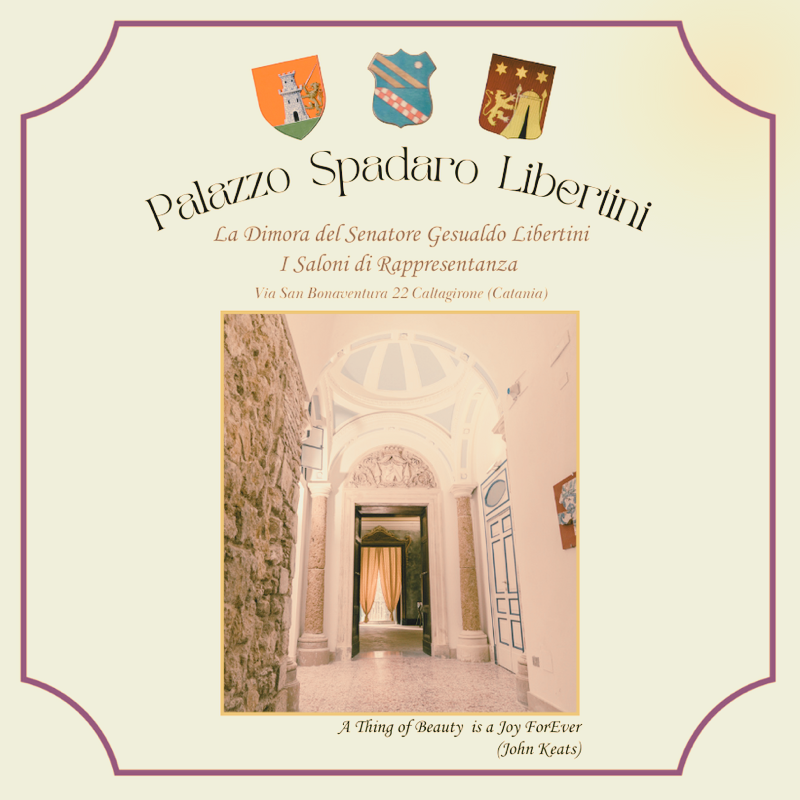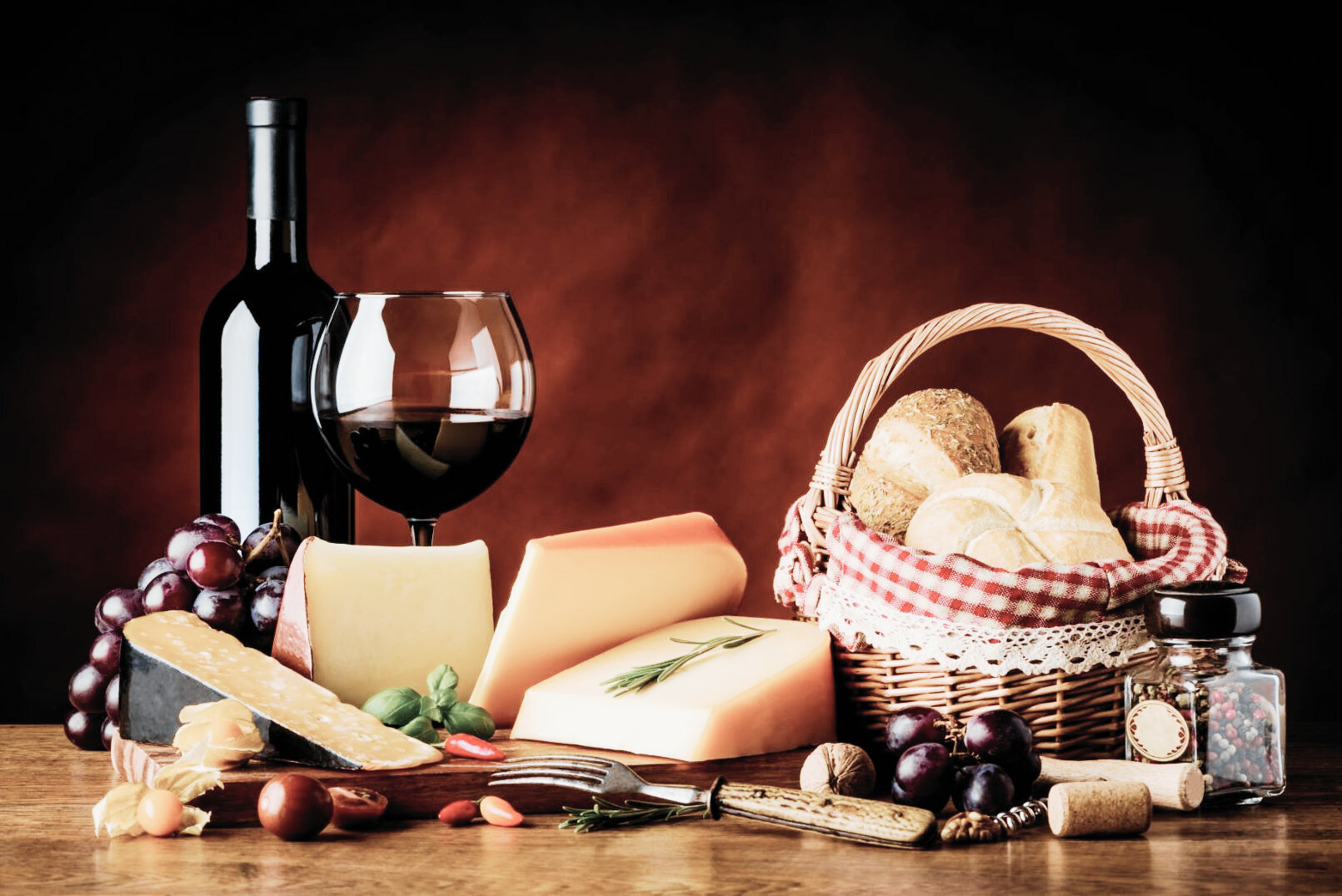Palazzo Spadaro Libertini is one of the oldest buildings in Caltagirone, rebuilt on a pre-existing sixteenth-century structure that belonged to Bonaventura Secusio, Bishop of Catania and diplomat born in Caltagirone in 1558.
Reconstruction work began in 1725 by Barbaro Maggiore, Marquess of Santa Barbara, and was completed in 1732.




